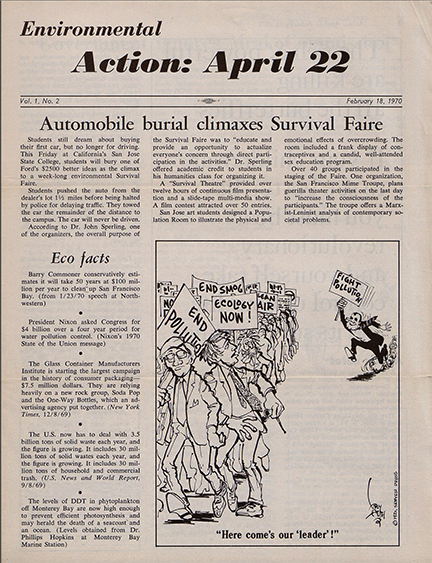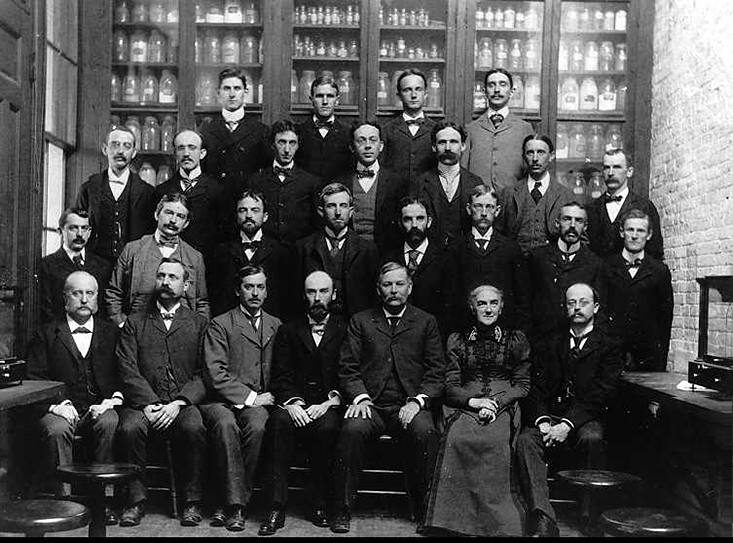Fake news needs to be curbed through targeted advertising boycotts, according to writers of recent opinion articles in Slate and the New York Times. A prime example: a Breitbart story about global “cooling” that misuses Weather Channel information. (See WC response video, right),
Consumer activism against Brietbart and other fake news sites is being organized at a Twitter site called Sleeping Giants, with the idea that most commercial companies are only accidentally placing ads on the sites. According to the site:
We are trying to stop racist websites by stopping their ad dollars. Many companies don’t even know it’s happening. It’s time to tell them.
Sleeping Giants recommends that a screenshot of a commercial ad placed next to
offensive stories should be sent back to the company with a polite note asking if they knew they were supporting these kinds of stories.
Among the big fake news stories of 2016 were the supposed endorsement of Donald Trump by Pope Francis, the supposed ban of the Pledge of Allegiance by President Obama, and Sarah Palin appointed as Trump science advisor, according to CNBC and Snopes fake news roundups. One real news web site even has a fake news quiz.
There’s been a lot of concern about these demonstrably false news stories that have taken on lives of their own. But fact-checking alone is not changing the twisted economics of click-driven falsehoods, argues a Fivethirtyeight article.
The profits of fake news can be formidable, according to the research firm eMarketer. US companies now spend more than $22 billion a year on programmatic ads, purchased by auction in a computerized pool. Few companies track their ultimate destination, although mechanisms exist to blacklist certain types of sites. Cereal makers do not allow their ads to run on porn sites, for example. So the ability is there, but the consumer feedback about social responsibility was not.
One issue is that Sleeping Giants activists make no distinction between comments and ‘news’ stories on sites like Breitbart. Plenty of legitimate news sites also have open forums that attract neo-Nazi comment trolls along with everyone else. For example, a snarky Jan.6 Breitbart article about aging film stars led to objections from a Sleeping Giants activist even though the many offensive remarks (such as “Feminism is a mental disorder”) appeared in the comments section, not the main article.
Breitbart is an interesting case because so many of the articles are dressed up to look like real news. But the site has a long and disturbing history of distorting, faking and inflaming racism in its ‘news’ articles.
- Police in Dortmond, Germany say that a riot of Syrian immigrants did not break out, and a church was not set on fire, on New Years Eve, 2017.
- President Obama did not (as Breitbart claimed) “award himself” a US Defense Dept. medal in January, 2017, according to Snopes.com.
- In 2015, Breitbart had to settle a libel and false light lawsuit with Shirley Sherrod, whose talk to an NAACP chapter was maliciously edited to produce a distorted racist impression.
- In December, 2016, Breitbart news used a Weather Channel video, without permission, to “prove” that the earth was cooling not warming.
- On Nov. 29, 2017, Kellog’s announced it would not place ads on Breitbart in the future. Breitbart responded with a “Dump Kellogs” campaign which has had little effect on the company.
- And in January, 2017, Breitbart announced it would file a suit against some some undisclosed major media company for calling it a ‘white supremacist’ web site. Oddly, the story about the suit was picked up from “The Hill” and run on the Breitbart site, as if no one would have believed it if Breitbart announced the suit on its own.
Some other cringe-worthy stories and sites are listed by Snopes.com, one of the leading fact-checking sites. Fake stories include gems like the crazy couple who at a man in Central Park and the lady who tried to grow potatoes in a very private garden.
The American Library Association also promotes efforts to fight fake news and promote media literacy.
Facebook is trying out a new system that lets readers flag fake stories, according to a December 2016 Wired Magazine story.
Despite these efforts, many people seem willing to believe almost anything that confirms their bias and prejudices. For example, almost 30 percent of Americans — and two thirds of Trump backers — believe the lie that President Obama is supposedly a Muslim, not a Christian, and supposedly was born in Kenya, not Hawaii.
Overall, it seems unlikely that even the most vigilant fact checking efforts will remedy the lack of education and common sense among so many people.

 Everglades Forever Act
Everglades Forever Act Minamata disease An epidemic of an unknown disease of the central nervous system is first reported by
Minamata disease An epidemic of an unknown disease of the central nervous system is first reported by  Environmental Action Archive
Environmental Action Archive Ellen Swallow Richards
Ellen Swallow Richards The hats that created bird sanctuaries
The hats that created bird sanctuaries  Pollution regs saved lives
Pollution regs saved lives LA's first big smog
LA's first big smog ¶ A giant tree's death sparked the conservation movement in 1853. Terrific article by Leo Hickman of the Guardian on June 27, 2013. The
¶ A giant tree's death sparked the conservation movement in 1853. Terrific article by Leo Hickman of the Guardian on June 27, 2013. The ¶ Dymaxion car
¶ Dymaxion car 
 ¶ Aldo Leopold
¶ Aldo Leopold